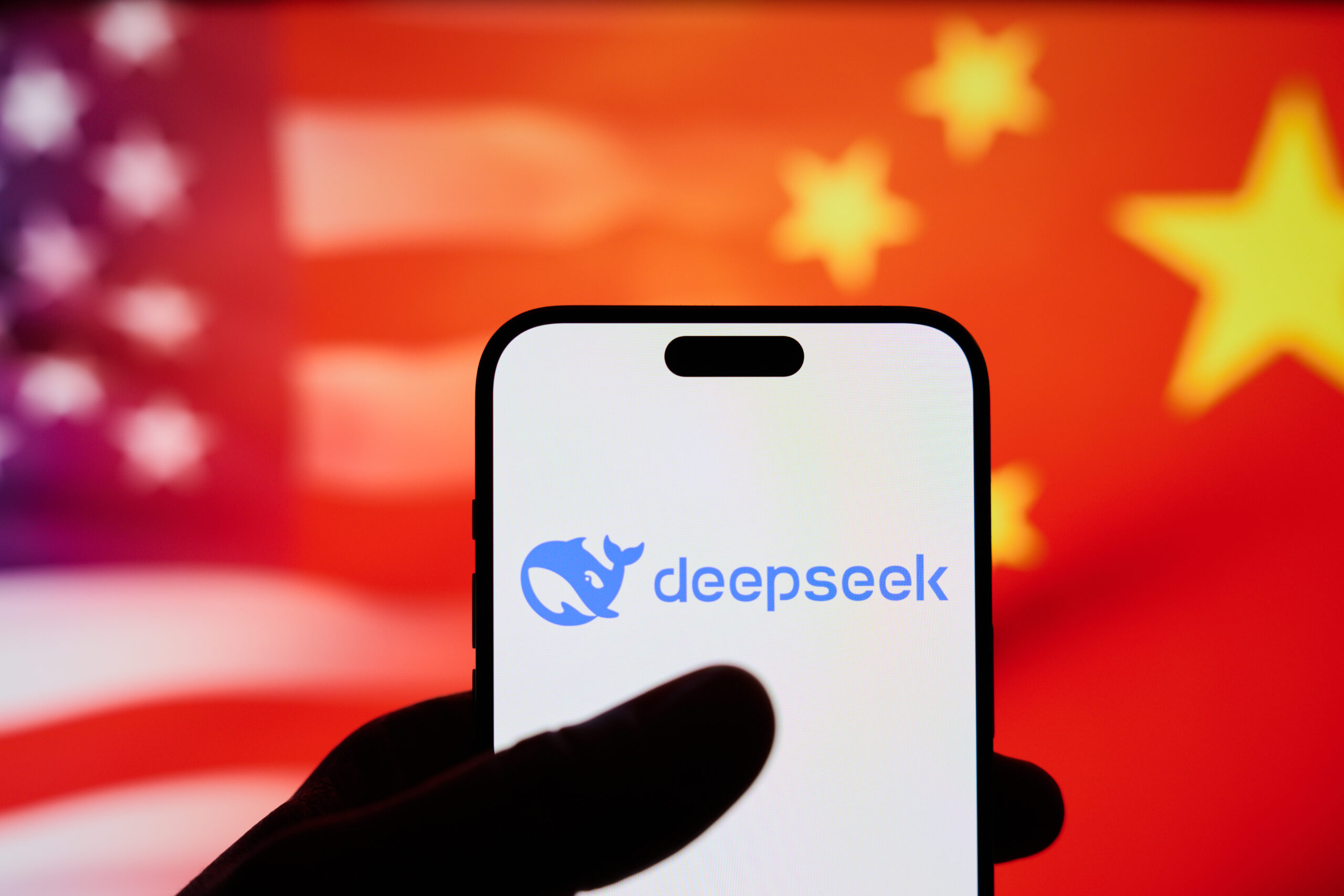This week, tech and foreign policy spaces are atwitter with the news that a China-based open-source reasoning large language model (LLM), DeepSeek-R1, was found to match the performance of OpenAI’s o1 model across a number of core tasks. It has reportedly done so for a fraction of the cost, and you can access it for free.
The most impressive thing about DeepSeek-R1’s performance, several artificial intelligence (AI) researchers have pointed out, is that it purportedly did not achieve its results through access to massive amounts of computing power (i.e., compute) fueled by high-performing H100 chips, which are prohibited for use by Chinese companies under US export controls. Instead, it may have conducted the bulk of the training for this new model by optimizing inter-chip memory bandwidth of the less sophisticated H800s (allowing these less sophisticated chips to “share” the size of a very large model). This meant that training the model cost far less in comparison to similarly performing models trained on more expensive, higher-end chips. DeepSeek’s breakthrough has led some to question whether the US government’s export controls on China have failed.
However, such a conclusion is premature. Other recent “breakthroughs” in Chinese chip technologies were the result not of indigenous innovation but developments that were already underway before export controls seriously impacted the supply of chips and semiconductor equipment available to Chinese firms. In late 2023, for example, US foreign policy observers experienced a shock when Huawei announced that it had produced a smartphone with a seven nanometer chip, despite export restrictions that should have made it impossible to do so. But rather than showcasing China’s ability to either innovate such capabilities domestically or procure equipment illegally, the breakthrough was more a result of Chinese firms stockpiling the necessary lithography machines from Dutch company ASML before export restrictions came into force. The influx of machines bought China time before the impact of export controls would be seen in the domestic market.
Much of the conversation in US policymaking circles focuses on the need to limit China’s capabilities.
There is evidence to suggest that DeepSeek is benefiting from a similar dynamic. China AI researchers have pointed out that there are still data centers operating in China running on tens of thousands of pre-restriction chips. They also note that the real impact of the restrictions on China’s ability to develop frontier models will show up in a couple of years, when it comes time for upgrading. Or, it may show up after Nvidia’s next-generation Blackwell architecture has been more fully integrated into the US AI ecosystem.
While DeepSeek’s achievement has not exactly undermined the United States’ export control strategy, it does bring up important questions about the broader US strategy on AI. Much of the conversation in US policymaking circles focuses on the need to limit China’s capabilities—specifically by restricting its ability to access compute. While not wrong on its face, this framing around compute and access to it takes on the veneer of being a “silver bullet” approach to win the “AI race.” This kind of framing creates narrative leeway for bad faith arguments that regulating the industry undermines national security—including disingenuous arguments that governing AI at home will hobble the ability of the United States to outcompete China.
Such arguments emphasize the need for the United States to outpace China in scaling up the compute capabilities necessary to develop artificial general intelligence (AGI) at all costs, before China “catches up.” This has led some AI companies to convincingly argue, for example, that the negative externalities of speed-building massive data centers at scale are worth the longer-term benefit of developing AGI. Such an argument has significant business upside for AI companies, as they amass greater numbers of chips to gain a competitive advantage. What the DeepSeek example illustrates is that this overwhelming focus on national security—and on compute—limits the space for a real discussion on the tradeoffs of certain governance strategies and the impacts these have in spaces beyond national security.
To plug this gap, the United States needs a better articulation at the policy level of what good governance looks like. This should include a proactive vision for how AI is designed, funded, and governed at home, alongside more government transparency around the national security risks of adversary access to certain technologies. It also requires the US government to be clear about what capabilities, technologies, and applications related to AI it is specifically aiming to regulate. This would help to elevate conversations on risk and enable communities of practice to come together to establish adaptive governance strategies across technological, economic, political, and social domains—as well as for national security.
How to best develop, deploy, and govern AI-enabled technologies is not a question that can be answered with “silver bullet” solutions. Rather, it is a process, one that requires consistent, thoughtful engagement from practitioners and experts across a wide variety of issue sets and backgrounds. No one strategy will win the “AI race” with China—and as new capabilities emerge, the United States needs a more adaptive framework to meet the challenges these technologies and applications will bring.
Kenton Thibaut is a senior resident China fellow at the ’s Digital Forensic Research Lab (DFRLab), where she leads China programming for the Democracy + Tech Initiative.

Mon, Jan 27, 2025
DOGE should use AI to fix environmental review
EnergySource
By
William Yancey Brown
The National Environmental Policy Act’s (NEPA) often lengthy process can delay crucial development projects and job creation. To address this, Trump’s newly established Department of Government Efficiency should leverage AI technologies to accelerate environmental reviews, modernizing the administration of NEPA.
Image: The DeepSeek AI application is seen on a mobile phone in this photo illustration taken in Warsaw, Poland on 27 January, 2025. (Photo by Jaap Arriens/NurPhoto)









